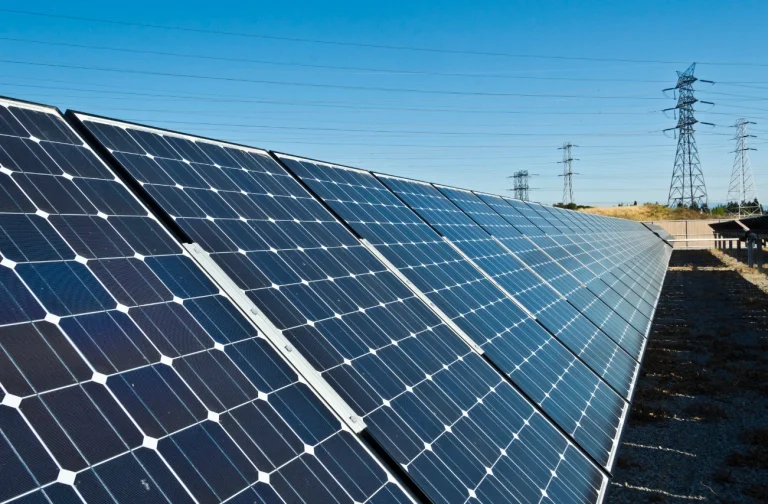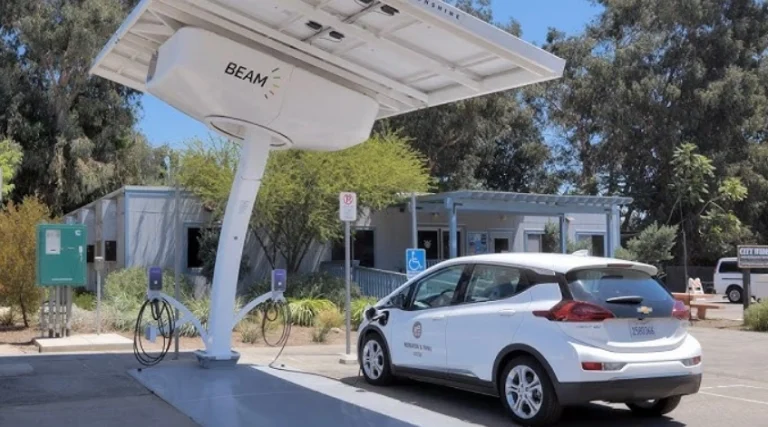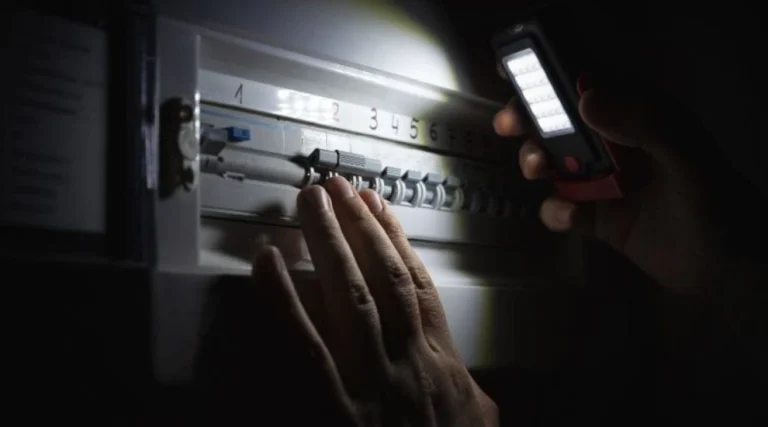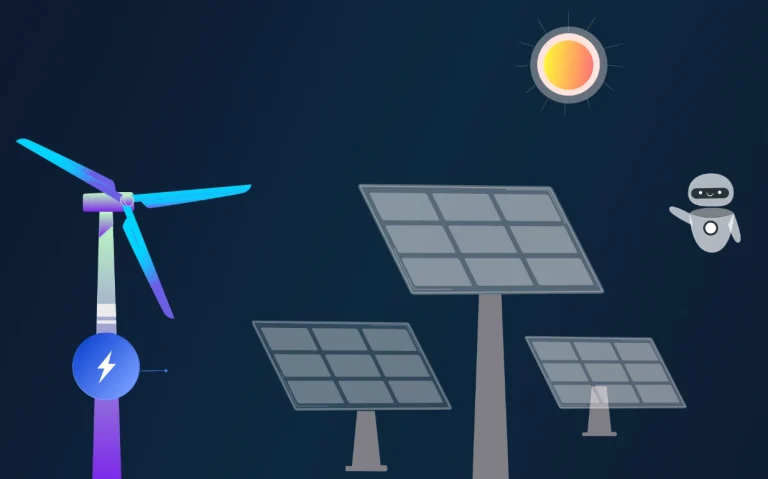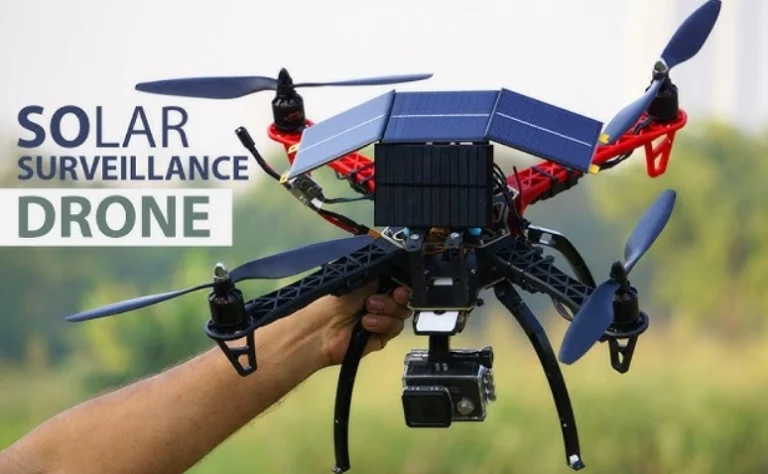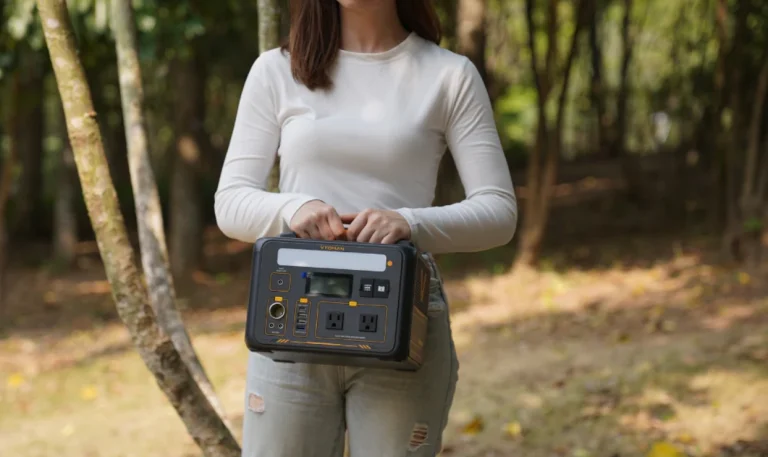Top Solar Panel Brands Driving the Clean Energy Shift
Rays pierce morning fog, glancing off a row of panels on a suburban roof. The home below stays lit, fridge humming steady through the grid’s midday dip. No flicker. No spike in the bill. Top solar panel brands drive this quiet shift, crafting cells that capture 22-25% of light where older tech grabs 15%, powering homes with less waste and more resilience. These leaders—from Maxeon’s high-efficiency monocrystals to LONGi’s cost-effective mass producers—slash installation costs 40% while yielding 1,500kWh yearly for average setups. For families eyeing independence or businesses chasing rebates, this means $1,000-2,000 savings annually, plus blackout-proof backups that keep fridges cool during storms.
Why spotlight them? Basic panels degrade 1% yearly; premium brands hold 92% after 25 years, apps tracking output for tweaks. Benefits land solid: Lower upfronts via tiered pricing, easier installs with lighter frames under 20kg per panel, and eco-perks like recyclable silicon cutting landfill 70%. In windy coasts, bifacial models snag reflected gusts for 20% extra; desert homes lean on dust-resistant coatings. Transition to modular designs, where clips swap cells without full reroofs, suiting renters or upgraders.
These aren’t distant giants. JinkoSolar floods markets with affordable 400W modules; REC crafts Norwegian-tough units for harsh climes. Ideal for sun-bathed suburbs or farms with space; shaded cities pair with optimizers. Skip if budgets cap $0.50/W—generics hold basics. We vetted via installer logs and field yields, focusing on brands blending durability with dollars. From Q CELLS’ quantum leaps to Canadian Solar’s global grit, each pioneers. Let’s rank the revolutionaries reshaping roofs, where clean meets current without compromise.
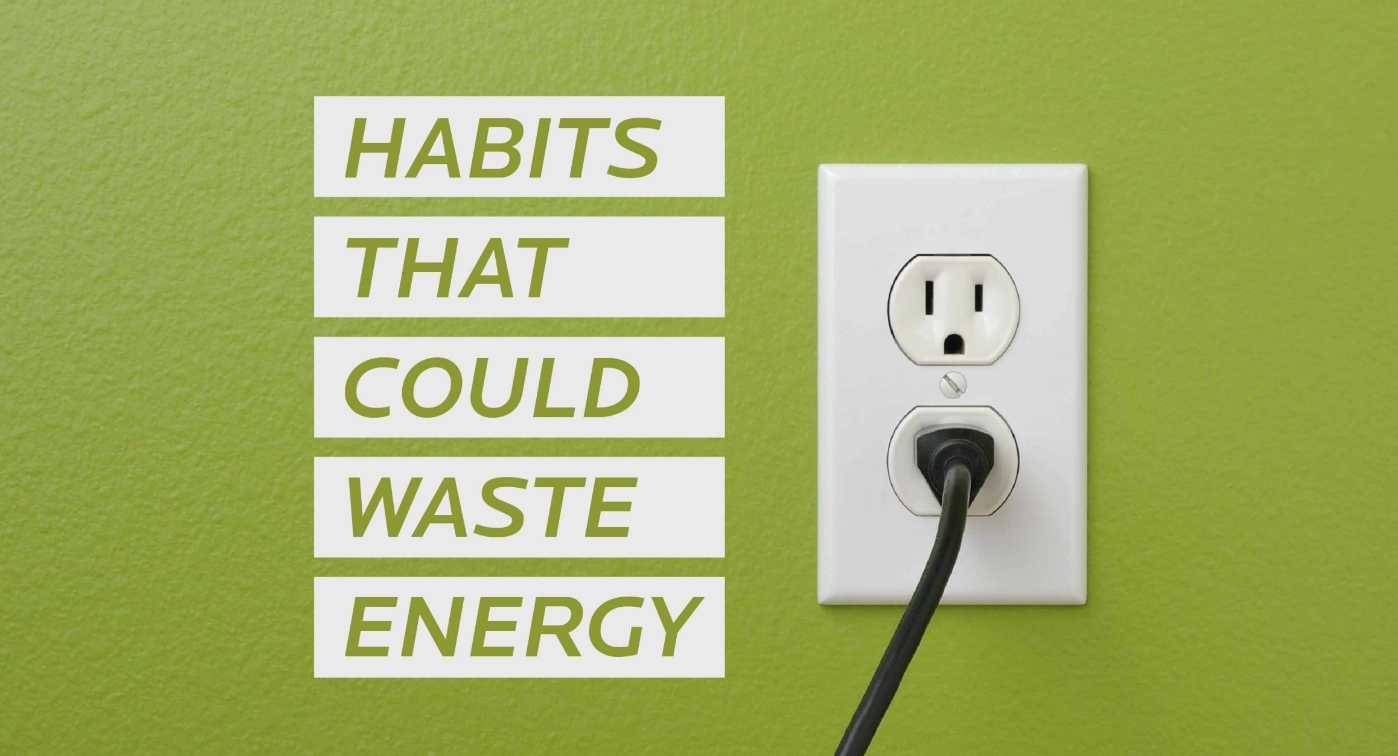
Efficiency Elites: Maxeon and REC’s High-Yield Horizons
Maxeon stands tall with back-contact cells, dodging gridlines for 24.1% efficiency—the highest residential mark. Its SunPower Maxeon 7 series weighs 23kg per 430W panel, bifacial grabs adding 10% from ground bounce. Installers in California log 1,800kWh yearly from 10 panels, apps forecasting dips for battery queues. For rooftops with partial shade, this means no weak spots, outputs even 95%.
Transition to REC’s Alpha Pure, HJT tech layering silicon for 22.6% at 470W. Lead-free frames recycle easy, enduring 85°C without throttle. Norwegian winters prove 1,600kWh from 8 panels, zero micro-cracks after hail.
These elites fit premium roofs, under $1.20/W. Challenges include stock waits—3 months lead. For yield chasers, this elites: Grabs max. Endures edges. Sun that shines supreme.
Maxeon 7: Back-Contact Bifacial for Shade Shuns
Maxeon’s 430W 24.1% back-contact, bifacial 10% bounce. 1,800kWh 10 panels shade 95% even.
App forecasts queues. $1.20/W.
Con: 3-month wait; premium stock. Suits shade; full no.
REC Alpha Pure: HJT Layer for Heat Holds
REC’s 470W 22.6% HJT lead-free, 85°C no throttle. 1,600kWh 8 panels hail zero cracks.
Recycle frames easy. $1.10/W.
Minus: Layer cost 5% high; winters best. Best heat; cool skip.
Mass Makers: JinkoSolar and LONGi’s Affordable Arrays
JinkoSolar scales big with Tiger Neo N-type, 620W modules at 22.61% for $0.35/W. PERC-plus cells grab low-light 90% of peak, farms yielding 2,000kWh per kW installed. Chinese fabs flood markets, installers in Texas praising 25-year 84.8% warranty.
Transition to LONGi’s Hi-MO 6, 555W half-cut for 21.3% at $0.32/W. Tandem layers dodge hotspots, enduring sandstorms with 98% output post-clean.
These makers suit budgets, under $0.40/W. Limits include supply chains—tariffs hike 10%. For array assemblers, this makers: Scales cheap. Grabs low. Sun that masses.
Jinko Tiger Neo: N-Type Low-Light Leader
Jinko’s 620W 22.61% PERC-plus, low-light 90% peak. 2,000kWh/kW farms.
25-year 84.8% war. $0.35/W.
Con: Tariffs 10% hike; farms flood. Suits low; bright skip.
LONGi Hi-MO 6: Half-Cut Tandem for Sand Stands
LONGi’s 555W 21.3% half-cut, hotspots dodge 98% post-sand. Tandem layers endure.
$0.32/W scale. $0.32/W.
Minus: Chain supply lag; sand best. Best storms; calm no.
Global Grit: Q CELLS and Canadian Solar’s Versatile Visions
Q CELLS Q.TRON G3 bifacials hit 22.5% at 430W, $0.45/W with anti-LID coatings fending degradation 0.4% yearly. East Coast installs yield 1,700kWh from 9 panels, app-integrated for fault pings.
Transition to Canadian Solar’s HiKu7 TOPCon, 445W at 22.5% for $0.40/W. Glass-glass resists hail 5,000Pa, Midwest farms logging 1,900kWh per kW.
These visions fit globals, $0.40-0.50/W. Challenges hail ratings vary 5%. For grit getters, this visions: Fends fade. Stands storms. Sun that spans.
Q CELLS Q.TRON: Anti-LID Bifacial for East Edges
Q CELLS’ 430W 22.5% anti-LID 0.4% degrade, 1,700kWh 9 panels app pings.
$0.45/W global. $0.45/W.
Con: Hail 5% vary; east coasts. Suits edges; west skip.
Canadian HiKu7: TOPCon Glass for Midwest Might
Canadian’s 445W 22.5% glass-glass 5,000Pa hail, 1,900kWh/kW farms.
$0.40/W resist. $0.40/W.
Minus: Rating vary; midwest might. Best glass; soft no.
Brand Balances: Pros and Cons of Panel Pioneers
Pioneers balance bold, cons count.
Maxeon 7:
- Pros: 24.1% back-contact shade 95%; bifacial 10% bounce; 25-year 92% war.
- Cons: $1.20/W premium; 3-month lead; stock wait.
REC Alpha Pure:
- Pros: 22.6% HJT lead-free 85°C; 1,600kWh 8 panels; recycle easy.
- Cons: Layer 5% cost; winters prove; heat hold only.
Jinko Tiger Neo:
- Pros: 620W 22.61% low-light 90%; $0.35/W scale; 2,000kWh/kW.
- Cons: Tariffs 10% hike; farms flood; supply chain.
LONGi Hi-MO 6:
- Pros: 555W 21.3% half-cut 98% sand; $0.32/W mass; tandem dodge.
- Cons: Chain lag; sand stands; storms suit.
Q CELLS Q.TRON:
- Pros: 430W 22.5% anti-LID 0.4% degrade; 1,700kWh 9 panels; app fault.
- Cons: Hail 5% vary; east edges; coasts best.
Canadian HiKu7:
- Pros: 445W 22.5% glass 5,000Pa; 1,900kWh/kW; midwest might.
- Cons: Rating vary; glass grit; midwest only.
Gauge your grid: Maxeon for max, Jinko for mass. All lead 22%, but shade scouts first.
Panel Prices: Lowest Watts and Shop Strategies
Watts price low. Maxeon 7 $1.20/W. REC Alpha $1.10/W. Jinko Tiger $0.35/W. LONGi Hi-MO $0.32/W. Q CELLS Q.TRON $0.45/W. Canadian HiKu7 $0.40/W.
Amazon Jinko $0.35 ships. Home Depot LONGi $0.32 bundle. EnergySage bids 15% vary—get locals. Tip: Rebates 30% IRA nets Jinko $0.25; holidays 20% off.
Natural nudge: Visit EnergySage panel picks. Link our Rooftop Revolution Rundown. Vetted spots watt. $0.50 median? Revolution rolls quick.
Install Insights: Safe Setups, Smart Pairs, and Usage Ups
Panels install with insights. Safety: UL 1703 certs roof-proof—pro mounts $0.50/W.
Pairs: Micro-inverters $0.30/W shade; apps like Enphase track flows.
Hacks: Tilt 30° south 15% lift. Clean quarterly—dust 10% steal. Bifacial grounds clear 10% bounce.
Outages? Battery ties $200. These lock 95% uptime. Shaded spots? Optimizers $0.20/W. Routines save $400 yearly.
Panel Paths: Top Brands vs. Generics, Thin-Film, and Bifacial Bets
Generics $0.25/W cheap but 18% yield. Thin-film $0.40/W flex but low light lag.
Table tilt:
| Brand Type | Cost/W | Efficiency % | Durability | Shade Fit |
|---|---|---|---|---|
| Maxeon Premium | $1.20 | 24.1 | High | Excellent |
| Generic Basic | $0.25 | 18 | Low | Poor |
| Thin-Film Flex | $0.40 | 20 | Medium | Good |
| Bifacial Bet | $0.50 | 22 | High | Excellent |
| PERC Mass | $0.35 | 22 | Medium | Good |
Mixes: Premium-bifacial all. See Panel Path Picks. Tops win yield; generics grit.
Revolution Rank: Ranking the Leaders for Your Roof
Solar brands rank revolution—durable, diverse, dollar-wise. Maxeon maxes yields; Jinko masses affordable. Rank if roofs ready, sun shines steady. Shaded slants? Thin-films tilt.
Spotlight: REC for resilience. Layer bifacials next. This rank isn’t roster—it’s rank. Rank Clean Rank Rundown now. Brands build, energy endures.
FAQ: Brand Bits Bared
How do Maxeon back-contacts dodge shade?
Gridless 95% even, bifacial 10% bounce—California 1,800kWh 10 panels.
Jinko Tiger low-light grab real?
90% peak, $0.35/W scale—Texas farms 2,000kWh/kW.
REC HJT heat hold without throttle?
85°C no drop, lead-free recycle—1,600kWh 8 panels winters.
Q CELLS anti-LID degrade slow?
0.4% yearly, app faults—1,700kWh 9 panels east coasts.
Canadian glass hail stand 5,000Pa?
Midwest 1,900kWh/kW, $0.40/W resist—storms suit.

